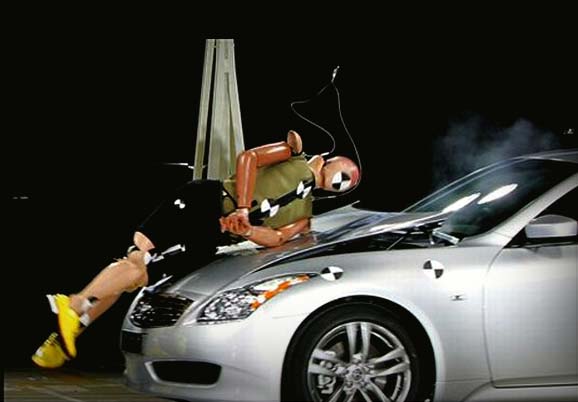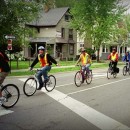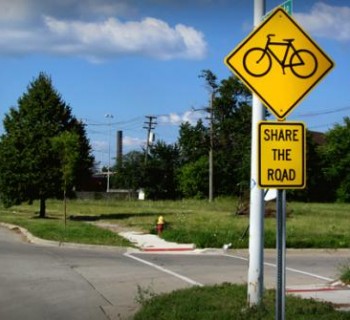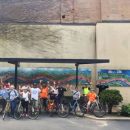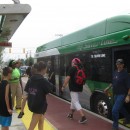In a few years, cars in the United States may start to look more like their counterparts in Europe and Japan, where vehicles are built to be more pedestrian-friendly. Raised hoods and offset fenders are just some of the changes that could be coming.
That’s because the National Highway Traffic Safety Administration is in the process of developing new standards to make collisions between automobiles and people on the street less dangerous.
In 2011, more than 4,400 pedestrians died in the United States and nearly 70,000 were injured as the result of being hit by a car or truck, according to the NHTSA’s most recent annual data; 138 pedestrian traffic fatalities were reported for Michigan that year, a statistic that has increased each year since 2008 from a low of 114.
The most common scenario for these collisions is for a person to be hit in the legs by an oncoming automobile’s bumper, causing them to fold over onto the vehicle’s front section. After that, their head and upper body usually slams into the auto’s hood or windshield before they’re tossed to the street. Injuries from these accidents tend to come from the impact with the vehicle, rather than with the ground, according to a 2012 University of Michigan study.
It’s this typical kind of vehicle-pedestrian crash that NHTSA will address as they consider a rulemaking for pedestrian safety in the United States. The agency would base any new standards on an international regulatory rule, Global Technical Regulation No. 9, it helped to develop through the U.N.
“As a full participant in the United Nations World Forum for the Harmonization of Vehicle Regulations, NHTSA is leading the global effort to reduce injuries and fatalities to pedestrians struck by motor vehicles,” reads a statement emailed to Mode Shift by the agency. “GTR No. 9, which establishes head and leg safety protections for children and adults struck by vehicles going approximately 25 miles per hour (40 km/hr), has been adopted as global regulation.”
NHTSA declined to reveal any specifics about what the new rules might look like or when they might be put in place. Similarly, Ford, GM and Chrysler did not respond to requests for comment from Mode Shift about how new NHTSA standards might affect U.S. vehicles. However, changes in Europe and Japan, where some rules are already in place, may provide a glimpse of what may be coming to the United States.
Innovations in these places include putting more space between the hood and engine and frame and bumper to soften pedestrian impact, adding exterior airbags to prevent injuries from windshield collisions and using breakaway wipers that detach during a crash to avoid gashing body parts.
David Zuby is chief research officer for the Insurance Institute for Highway Safety, a non-profit organization supported by U.S. insurance companies.
“All those things are what is being considered to provide protection for pedestrians, and they all should work. This idea of having more space under the hood allows for it to be crushed when the pedestrian’s head hits it,” he told Mode Shift. Zuby added that redesigns of U.S. vehicles for pedestrian safety should not impact existing protection for the drivers and passengers of vehicles.
“One of the things that would be affected, however, is we’ve got on the books today a requirement that bumpers be designed in a way to prevent damage to a vehicle itself in most vehicles,” he said. “Those requirements could be affected.”
Making the necessary adaptations to vehicles shouldn’t be much of an engineering challenge for manufacturers; U.S. automakers already comply with current regulations in European markets, and Honda and Acura automobiles sold in the U.S. have come equipped with pedestrian-friendly fenders and hoods and special breakaway safety wipers for the last five years.
Although NHTSA is currently considering pedestrian safety standards as a result of the U.N. regulation, Zuby stressed that the concept itself is not new to the United States.
“The U.S. government was pursuing this idea thirty years ago,” he said. “One of the reasons that the government abandoned designing vehicles to be safer for pedestrians was that pedestrians crashes and fatalities were going down by themselves. NHTSA’s been involved in the idea of trying to provide vehicles to provide better protection for pedestrians for quite some time.”


